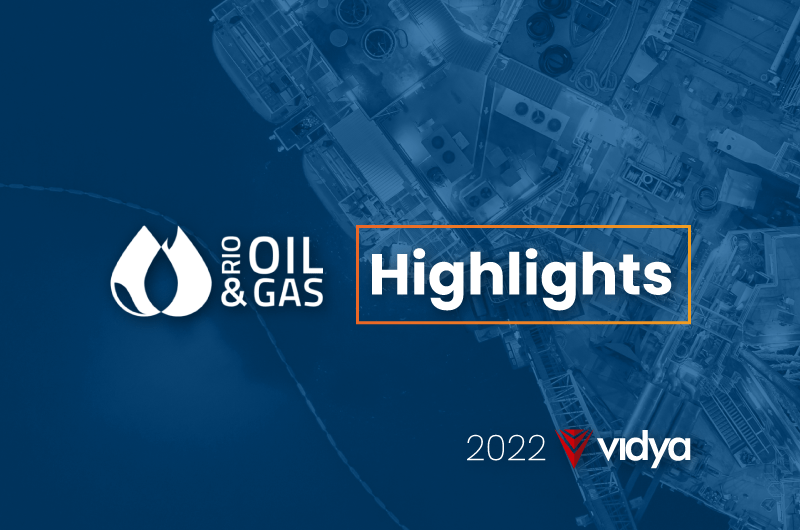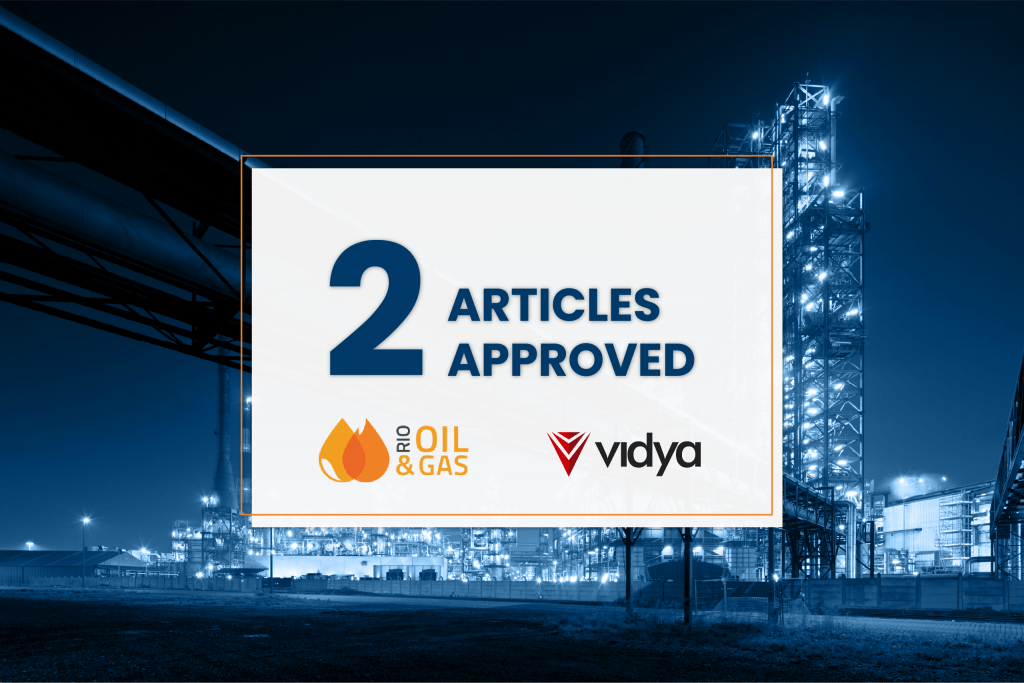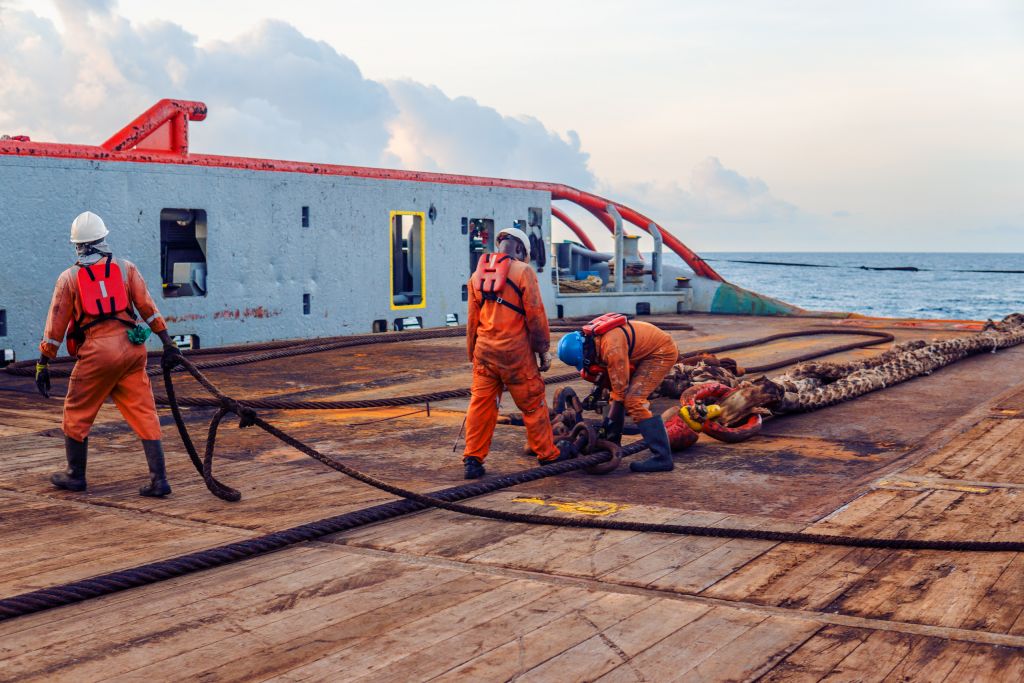Rio Oil and Gas, one of the largest conferences in the sector, took place last week, discover its key takeaways in this blog post!
With record audiences, more than 40k people attended the conference that took place between September 26-29. The exhibition had more than 350 companies with booths spread all over the Píer Mauá. Including services providers, and production and extraction leading companies, filled with opportunities to connect.
Allowing companies to share knowledge and expand networks, Rio Oil and Gas was the right place for business and innovative ideas, and Vidya was glad to be part of this! Now, we can share with you what we have learned in the last few days.
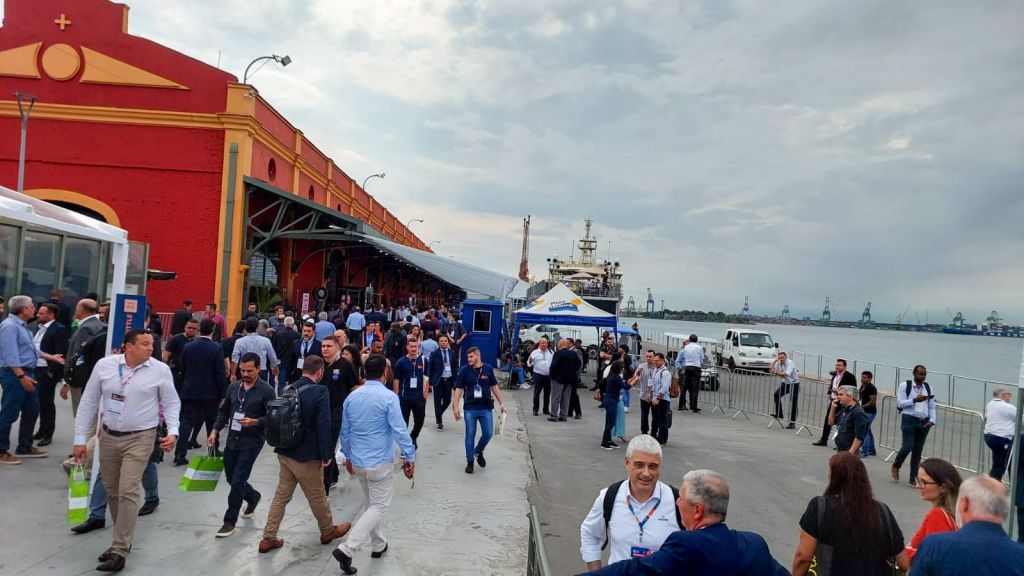
The Net-Zero future relies on Oil and Gas
In its first hybrid edition, the conference had 600 articles approved, presented, and displayed during the conference.
The most addressed themes were the role of Oil and Gas with the net-zero perspectives, ways to improve upstream, midstream, and downstream operations, the energy transition market, ESG, and digital technologies as the enablers for these transformations toward a more sustainable and efficient future.
In the Arenas – spaces with industry leaders invited to participate in telling their personal experiences and projects – enhanced the innovative characteristic of the sector. There were 3 main Arenas:
- Young Summit: focused on young professionals sharing their knowledge and experiences. It brought together market perspectives, how it is working in Oil and Gas, diversity in the sector, and new challenges and opportunities.
- ESG: once Sustainability Arena, had its presentations focused on energy transition, social responsibility, safety management system (SMS), and compliance.
- Future: the biggest names and developers of the sector talking about the latest technologies. The presentations focused on technological development, startups, and Industry 4.0
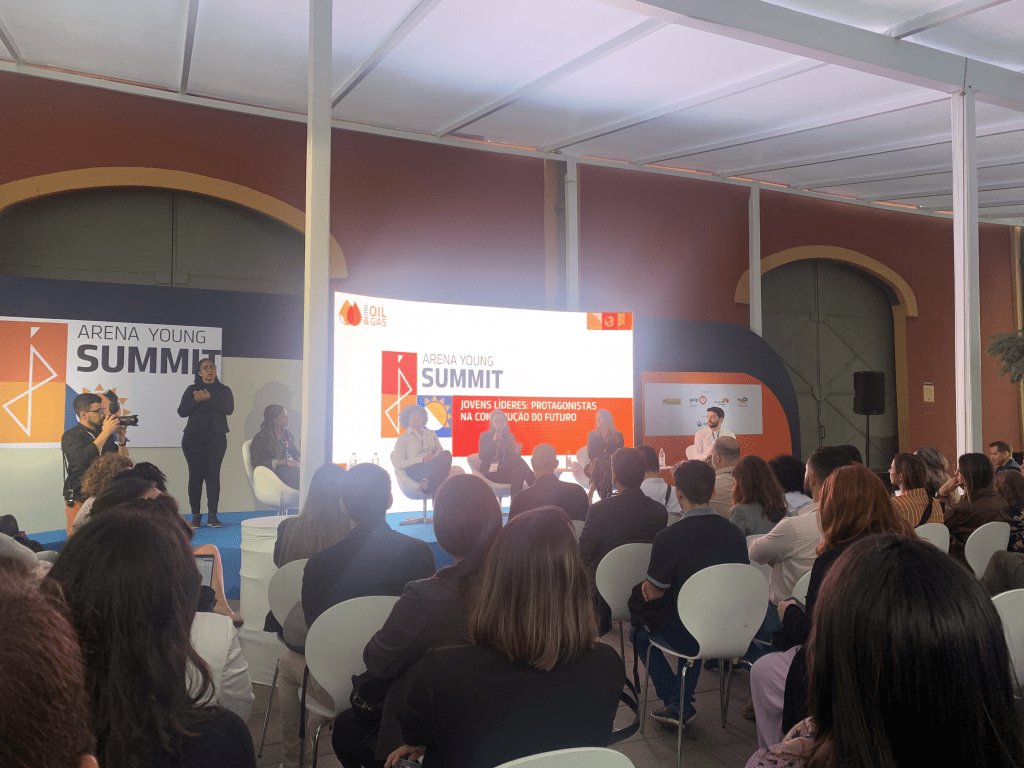
Digital Transformation Success Cases
Two articles and two videos were developed and displayed during the conference focusing on collaborating and sharing knowledge about optimization in industries. The articles focused on Digital Transformation and approved for this edition of Rio Oil and Gas were:
- “A Machine Vision case study of the U-Net Networks for superficial corrosion and dirt image segmentation on industrial coated steel structures” by Wesley Kaizer (Artificial Intelligence Expert) and Otavio Correa (Vidya’s CEO)
- “Using Digital Twin and Artificial Intelligence to predict atmospheric corrosion” by Otavio Correa (Vidya’s CEO) and Jorge Mariano (Vidya’s CMO)
Now, they can be accessed via Rio Oil and Gas virtual platform. The final papers and videos from all of the articles were published in the online library of IBP (Brazilian Institute of Oil and Gas). With ISSN and DOI registration.
Besides the articles, Vidya displayed two of its most successful cases during the conference. With Ocyan, the project developed for a more assertive asset integrity management of the subsea blowout preventer was the highlight. Equinor, on the other hand, calls attention to the efficiency and safety of detecting anomalies through drone images.
Both of these contents can be accessed at Vidya’s Successful Cases
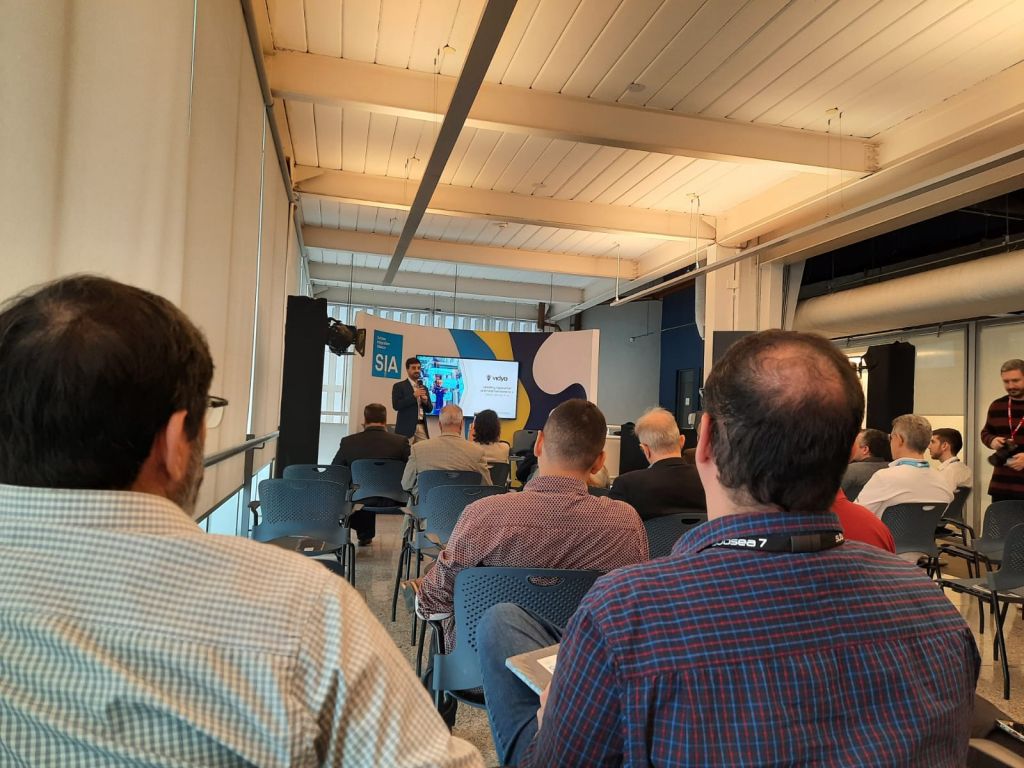
The Oil and Gas sector is far from over – Key Takeaways
The last Rio Oil and Gas happened in 2018. After years without having an in-person event of this magnitude in Brazil, we were happily surprised. The conference was filled with insightful presentations, innovative technologies, and outstanding booths. In that way, we prepared some key takeaways from Rio Oil and Gas:
- The net-zero future relies on Oil and Gas: as ironic as it can sound, the truth is that decarbonization initiatives are often invested by Oil and Gas companies, which view net-zero processes as an opportunity to improve and maintain the sector competitiveness.
- Robotics is stronger than ever: from robot dogs to subsea robots, they were everywhere during the conference. Robotic technologies are rapidly accelerating and becoming more versatile, and companies such as Petrobras and ExxonMobil were exposing their new acquisitions.
- Digital Twin became a feature: With different applications and initiatives from operation and maintenance, to processes and well drilling, Digital Twins are no longer a differential, but an integrating technology of diverse solutions.
- Digitalization is more important than ever: in all panels that we could participate in and booths that we attended, digitalization was there. With the potential to change how oil and gas companies operate, the search for digital solutions was there.
- Collaboration – the word of the year: one of the things that we can highlight is how everyone was in a mood to talk about solutions to the challenges of the sector. From open innovation and P&DI initiatives to how we could prepare a better Oil and Gas future for the next generation, everybody was concerned about bringing challenges to the table and sharing knowledge.
- Renewable energy in Oil and Gas: the renewable energy market is expanding and big players in Oil and Gas are now flirting with the idea of mixing the two sectors. Some ambitious projects of offshore wind and solar farms in FPSOs, for example, were part of their portfolio of solutions.
Brazil is one of the countries with the most FPSO facilities in the entire world. Not only that, the sector is one of the most innovative in the country, constantly investing in open innovation and P&DI projects. After four days of knowledge sharing and connecting with so many different backgrounds, the result was very optimistic.
In that way, it is possible to highlight the potential of innovative solutions. Technologies combined with renewable energy and decarbonization strategies will have a more sustainable, efficient, and connected future.
